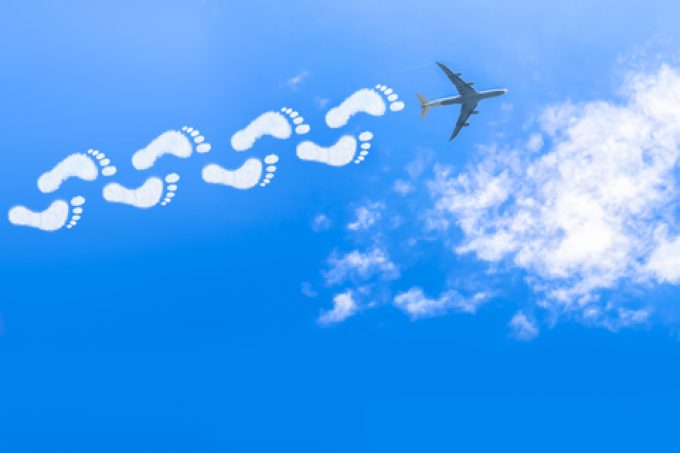Older, fuel-inefficient aircraft in its sights as Geodis targets sustainability
Airlines offering older aircraft, or inefficient routes, could find their capacity rejected by Geodis and ...

Aviation’s emissions targets are insufficiently ambitious, while the industry itself is stalling with a “wait-and-see” approach, according to a new report by Deloitte, on behalf of Royal Dutch Shell, which claimed “paralysis” in the industry.
However, the oil company has pledged to produce 2.2m tonnes of ...

Comment on this article